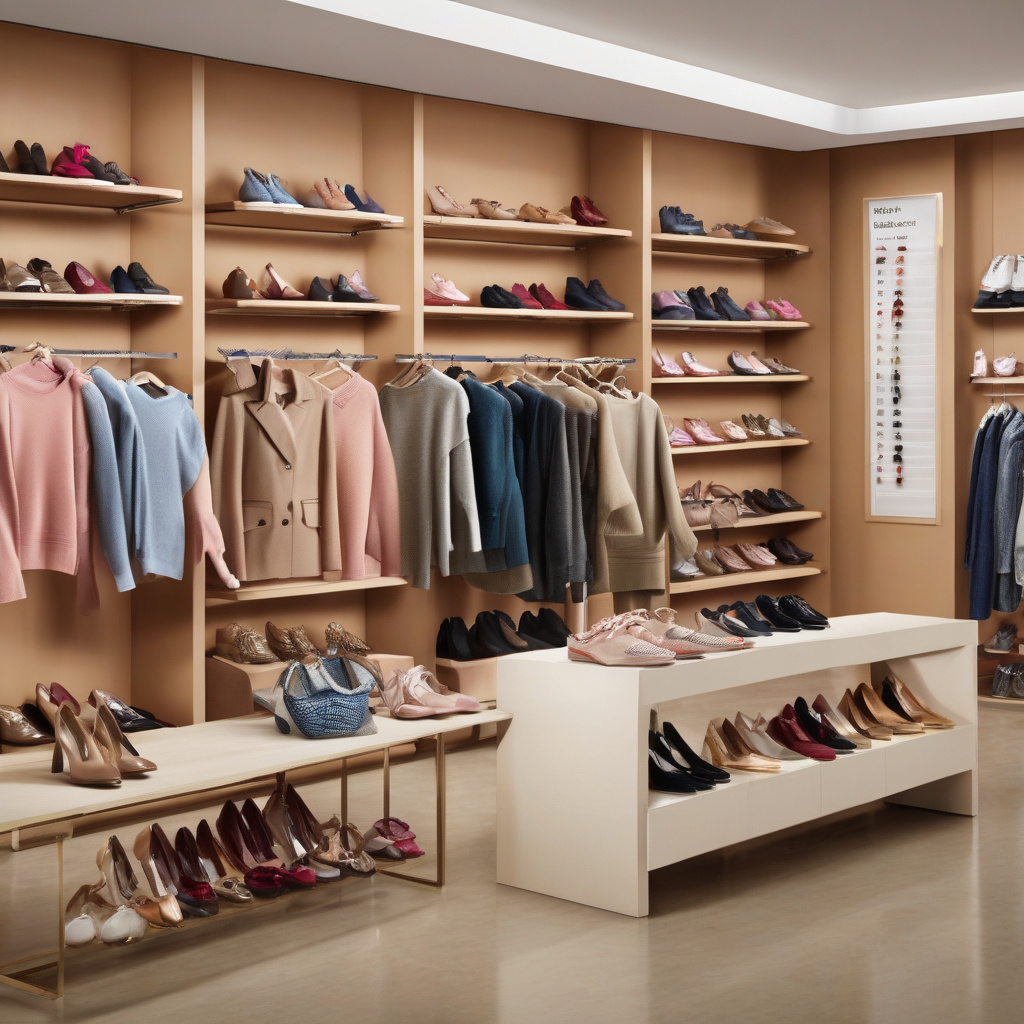How Tariffs Could Impact the Price of Goods Like Shoes and Sweaters
In the complex world of global trade, tariffs often serve as a double-edged sword, affecting consumers, businesses, and the economy at large. As the United States continues to navigate its trade policies, particularly under the administration of President Donald Trump, the implications of tariffs on imported goods have come to the forefront. A recent model from AlixPartners sheds light on how such tariffs could influence the pricing of everyday items like shoes and sweaters imported from countries like Vietnam.
The model highlights a significant shift in the pricing structure of these goods, which could have far-reaching consequences for consumers. For instance, the implementation of tariffs on shoes could see prices rise by 25%. A typical pair of shoes that costs $50 could potentially increase to $62.50. This increase might seem modest at first glance, but for families who rely on affordable footwear, the cumulative effect of such price hikes can strain budgets.
Similarly, the model predicts that prices for sweaters could also experience a substantial surge. If tariffs are applied, the cost of a $40 sweater could rise to $50. For consumers already feeling the pinch from inflation and rising living costs, such increases may compel them to reconsider their purchasing decisions. The notion of a “sweater season” could transform into a luxury, rather than a necessity, for many.
These price increases are not merely theoretical; they are grounded in the reality of how tariffs disrupt supply chains and increase costs for manufacturers. Tariffs are essentially taxes imposed on imported goods, which means that manufacturers may pass these additional costs onto consumers. This is particularly evident in sectors like apparel, where profit margins are often slim, and any increased costs can lead to significant price adjustments.
The AlixPartners model also brings to light the broader implications of these tariffs on the retail landscape. Retailers may find themselves in a precarious position, balancing the need to maintain profit margins while also remaining competitive in a crowded marketplace. For example, if a retailer decides to absorb the cost of the tariff, it risks eroding its profit margins. On the other hand, passing the costs onto consumers could lead to decreased sales and damaged customer loyalty.
Moreover, the impact of tariffs extends beyond just the immediate price increases. Such policies can also lead to shifts in consumer behavior. With higher prices on imported goods, consumers may pivot towards domestically produced alternatives or lower-cost options. This shift could benefit local manufacturers but may also lead to a reduction in product variety and potentially higher prices for domestic goods.
It is essential to consider the potential long-term effects of these tariffs. Should they remain in place, the apparel industry may experience a significant transformation. Manufacturers may seek to relocate production facilities to countries with lower tariffs or invest in automation to mitigate the impact of increased costs. Such moves could lead to job losses in regions that depend on manufacturing, ultimately affecting the economy as a whole.
The broader economic implications of tariffs cannot be overstated. As prices rise for goods like shoes and sweaters, consumer spending may decline, impacting retail sales and economic growth. A decrease in purchasing power can lead to a ripple effect, affecting not only retailers but also manufacturers, suppliers, and service providers within the retail ecosystem.
In conclusion, the model from AlixPartners underscores the potential impacts of tariffs on the pricing of everyday goods such as shoes and sweaters. As the retail landscape continues to adapt to these changes, consumers, businesses, and policymakers must remain vigilant about the implications of trade policies. Understanding how tariffs affect pricing and consumer behavior is crucial for navigating the complexities of the retail market in today’s economic climate.
Consumers may need to brace themselves for the potential reality of higher prices, while businesses must strategize to maintain competitiveness in an evolving landscape. Ultimately, the decisions made in the realm of trade policy will not only shape the economy but also influence the choices consumers make in their everyday lives.
retail, tariffs, shoes, sweaters, trade policy
